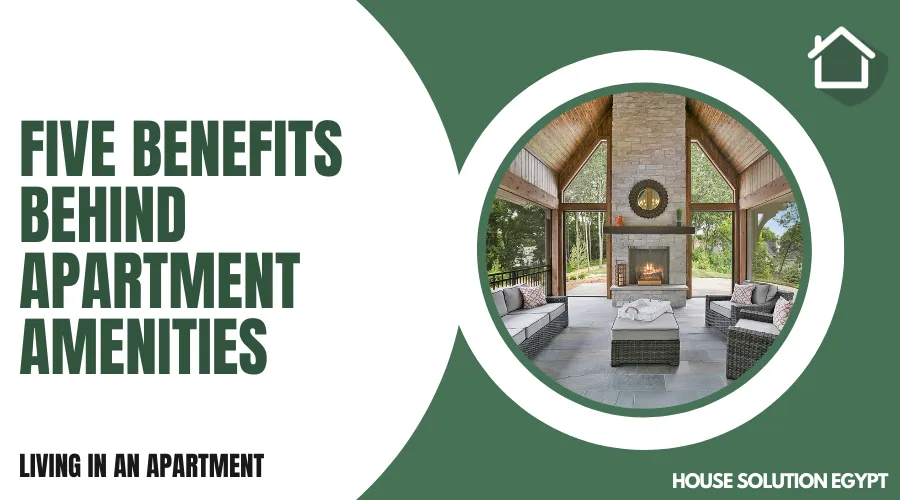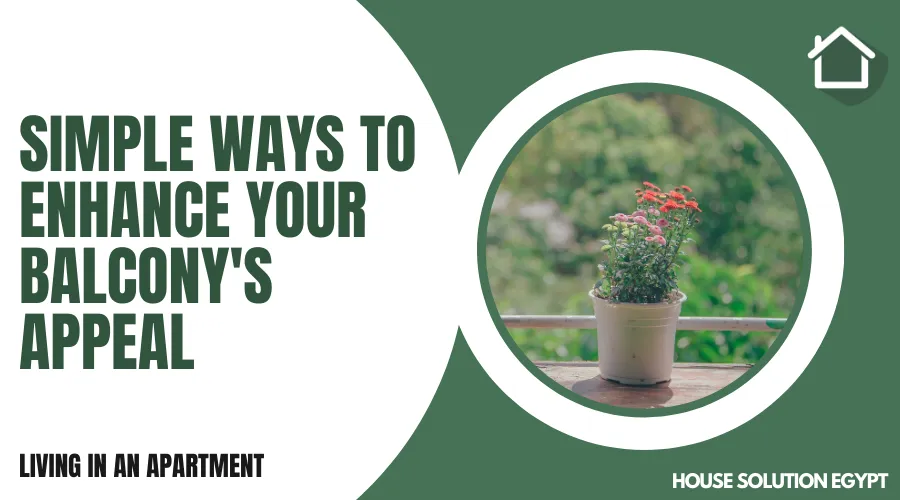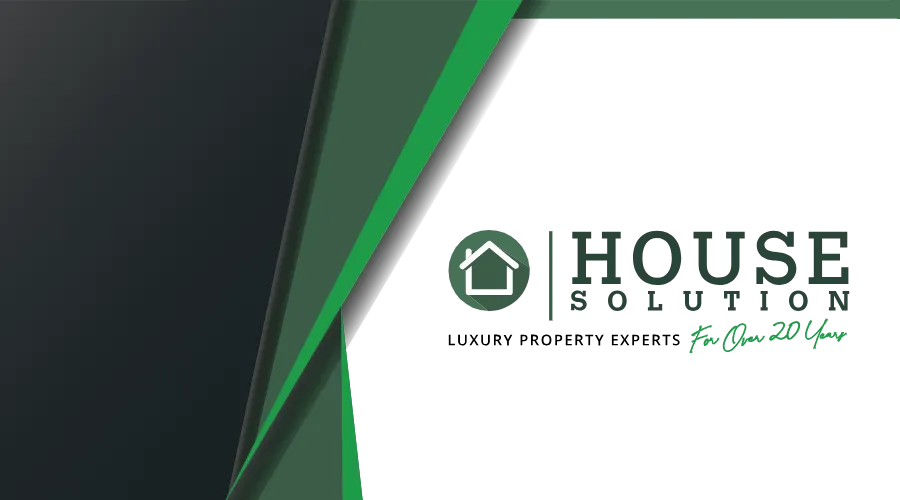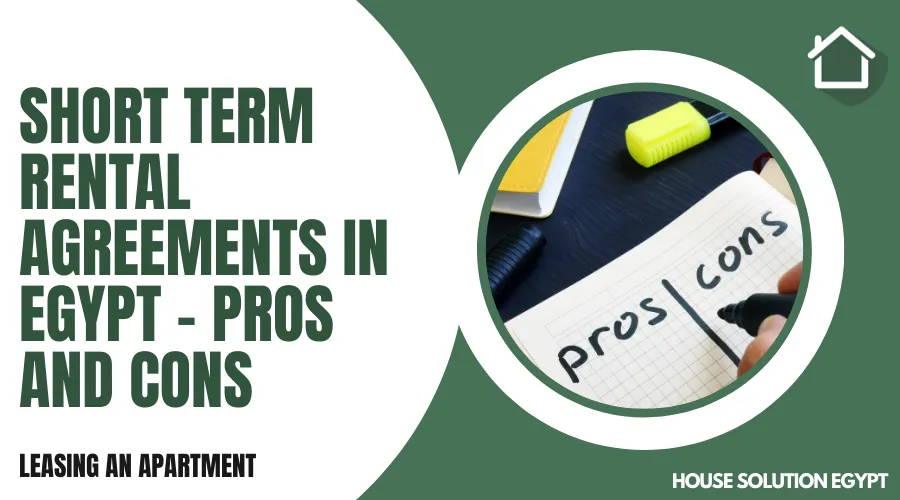DISCOVERING THE COST OF COMPLIMENTARY APARTMENT FEATURES
Living in an Apartment|4.4 MIN READ|Updated on: 24 December 2024|Written by: Marwa Samir
Many prospective tenants are attracted to the various amenities offered by an apartment complex when they are searching for an apartment. From fitness centers and swimming pools to pet-friendly accommodations and valet trash pickup, these features can be the deciding factor in choosing an apartment. However, what many renters don't realize is that these seemingly free perks come at a cost.
In order to cover the expenses of maintaining and upgrading amenities, landlords often pass on the cost to tenants through higher rent prices or additional fees. For example, while a gym may initially appear as a complementary feature, it's likely that residents are paying for it through their monthly rent payment or with an additional amenity fee tacked onto their bill.
By understanding the true cost of complimentary apartment features, tenants can make informed decisions when searching for apartments and budget accordingly. It's important for renters to carefully review lease agreements and ask questions about any extra fees associated with amenities before signing on the dotted line.
Cost of Complimentary Apartment Features
When hunting for an apartment, a lot of renters prioritize the amenities that come with each unit. However, many renters do not realize that these complimentary features often come at a cost. Landlords typically factor in the costs of providing these amenities into their rental rates.
Some examples of such features include fitness centers, rooftop lounges, swimming pools, and in-unit washers and dryers. While some may argue that these perks make renting worth it, others may feel frustrated about paying for amenities they do not use or need.
It is essential to evaluate what you truly value when apartment hunting so you can determine if the price tag justifies the added perks. Alternatively, consider looking for apartments without these benefits if they are not necessary to your lifestyle or budget. Ultimately, discovering the true cost of complimentary apartment features can help renters make informed decisions on where to live and how much they are willing to pay.
Types of Amenities: Common & Luxury
Common amenities in apartments are those that you would expect to find in any decent apartment complex, such as a laundry room, parking space, on-site maintenance, a gym or fitness center, and perhaps a swimming pool. These amenities are provided by most landlords to attract renters and keep them satisfied during their lease term. They may not be the most luxurious of features but they serve as basic necessities for tenants.
On the other hand, luxury amenities in apartments offer more than just basic necessities. These amenities cater to renters who want a higher standard of living and are willing to pay a premium price for it. Some examples include concierge services, rooftop lounges with stunning city views, or outdoor kitchens with grills & dining areas; pet grooming stations; movie theaters; spas with sauna and steam rooms; yoga studios, or meditation gardens. The list is endless but all these features come at an additional cost which is reflected in your rent.
It's important for potential renters to weigh the pros and cons of having certain amenities before picking an apartment complex. While luxury features can provide comfort and convenience like no other, they can also add up quickly when it comes time to pay rent every month.
Maintenance Costs: Upkeep & Repairs
One of the most important aspects to consider when renting an apartment is the cost of maintenance. Upkeep and repairs are significant factors that should be taken into account before making any decision. Although some apartments offer complimentary features such as free Wi-Fi, cable TV, or even laundry facilities, it is wise to find out what expenses might arise if these facilities malfunction.
Many apartment buildings will have their own maintenance staff who can carry out minor repairs, but larger problems may require a specialist contractor which can significantly increase costs. In addition, some buildings may charge for routine upkeep such as cleaning common areas or replacing light bulbs in hallways. It is recommended to ask about these fees upfront so that they can be factored into your budget.
To ensure that you do not rack up unnecessary maintenance expenses, make sure you read your lease agreement properly and understand what is covered by the landlord and what you are responsible for handling on your own. In general, tenants are expected to keep their living space clean and tidy while landlords are responsible for repairing appliances or structural damage caused by wear and tear over time. By being mindful of these costs ahead of time, renters can avoid unpleasant surprises down the line.
Utility Expenses: Average Usage Levels
When it comes to renting an apartment, there are many factors that can affect the overall cost. One of the most significant expenses is utility bills. Utilities such as electricity, gas, water, and trash removal can add up quickly and significantly impact a renter's budget.
The average usage levels for these utilities vary depending on various factors such as location and season. For example, in areas with extreme temperatures during winter or summer months, electricity and gas usage may be higher due to increased heating or cooling needs. Additionally, larger apartments may require more water usage than smaller units.
It is important for renters to research average utility costs in their area before signing a lease agreement. This information can help them budget accordingly and avoid any unpleasant surprises when it comes time to pay their bills. Some landlords may also be able to provide estimates of average monthly utility costs for their specific property to assist renters in this process.
Rent Increases: Impact on Prices
Rent increases can have a significant impact on apartment prices. When landlords increase rent, they are not just adjusting the price of the unit itself; they are also accounting for additional costs related to maintaining and improving the property. For example, if a landlord installs new amenities or updates appliances in response to tenant requests or industry trends, these improvements may be reflected in higher rents.
However, it's important to note that rent increases don't necessarily translate into immediate changes in apartment prices. Instead, rising rents can gradually make living in certain areas less affordable over time. This could lead renters to consider moving farther away from their desired location or seeking out more affordable housing options altogether.
Rent increases can have a ripple effect on apartment affordability and availability. As rental prices continue to rise, it's important for both renters and landlords to stay informed about market trends and adjust their strategies accordingly.
Hidden Fees: Additional Charges
When searching for an apartment, it's easy to get excited about the free amenities offered. However, these complementary features might come with hidden fees that can quickly add up. For instance, a complex may offer a state-of-the-art gym or pool but require residents to pay extra for access. Similarly, a building may provide complimentary parking spots but may limit the number of vehicles parked in the lot and charge additional fees for any extras.
Additionally, some apartments offer "free" utilities such as gas, water, or electricity – but these too may come with hidden costs that renters should be aware of. Many apartments will only cover up to a certain amount each month and anything over that is billed back to the tenant at an inflated rate. This could result in a shockingly high monthly utility bill.
It's important for renters to ask their property manager about any additional charges associated with their amenities before signing on the dotted line. While some of these fees are unavoidable, others can often be negotiated or avoided altogether by doing some research upfront and asking targeted questions during tours and lease negotiations.
Conclusion: Evaluating the Final Cost
After evaluating the final cost of complimentary apartment features, it's essential to consider if they are worth the expense. While it may be tempting to select a property with a swimming pool or fitness center, these amenities come at an additional cost. If you're on a tight budget, it's crucial to assess how often you'll use these facilities compared to their added value.
However, this doesn't mean that all complimentary apartment features should be overlooked. Some amenities such as free parking or laundry facilities can save residents money in the long run. It's important to evaluate each feature and determine its practicality and usefulness for your specific needs.
Ultimately, when evaluating the final cost of complimentary apartment features, it's essential to strike a balance between practicality and luxury. While some amenities may seem appealing initially, it's important not to overspend on extras that won't be utilized regularly. By carefully considering each feature and its value against your requirements and budget restrictions, you can make an informed decision about which apartment complex is right for you.






